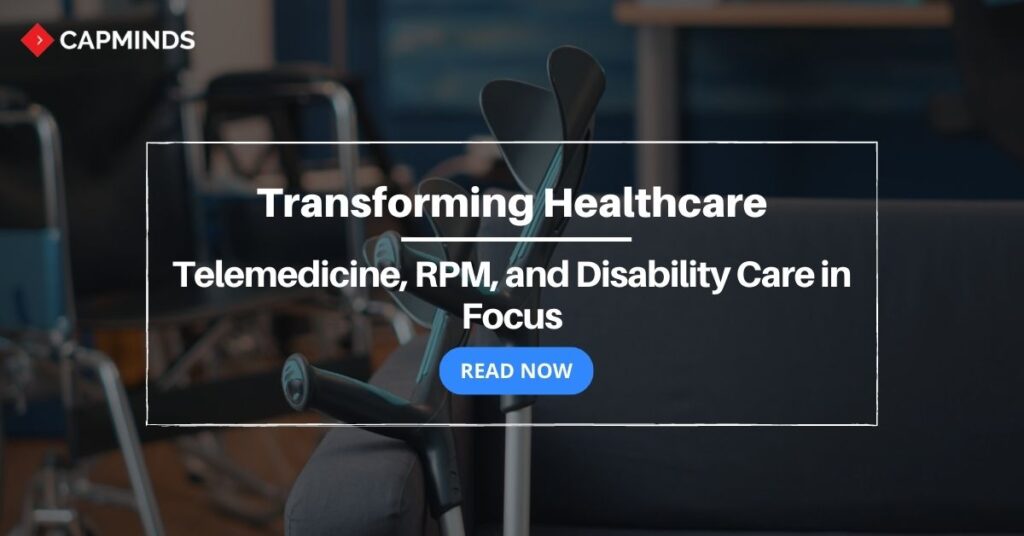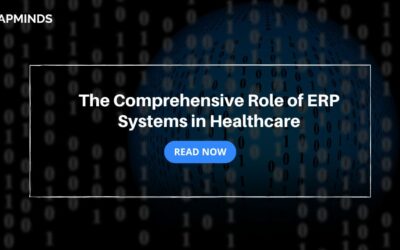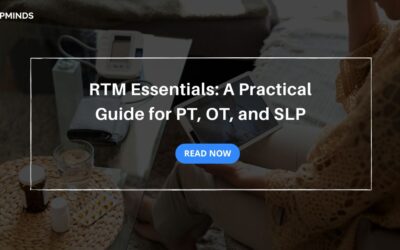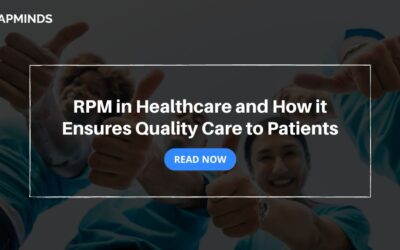Transforming Healthcare: Telemedicine, RPM, and Disability Care in Focus
In the landscape of modern healthcare, the convergence of technology and medical care has led to remarkable advancements, including the advent of telemedicine.
RELATED: How to Resolve the 10 Most Significant Challenges With RPM?
Telemedicine, the provision of healthcare services remotely, has gained significant prominence, especially in recent times. However, amid its widespread acceptance, it’s crucial to ensure that this innovation remains inclusive and accessible to all individuals, including those with disabilities.
This is where Remote Patient Monitoring (RPM) steps in, bridging the accessibility gap and transforming telemedicine into an easy catch for patients with disabilities.
The Accessibility Challenge
Patients with disabilities often face unique challenges when seeking medical care, be it physical, sensory, or cognitive impairments.
- The traditional model of in-person visits can be arduous, requiring travel, waiting room accommodations, and physical presence
- For patients with mobility issues, transportation becomes a barrier, while those with sensory impairments struggle with limited communication channels
Telemedicine emerged as a promising solution to overcome these challenges, enabling remote consultations through video calls and online platforms.
- However, even within the realm of telemedicine, accessibility concerns persisted
- Visual and auditory impairments could hinder effective communication, and complex technological interfaces could deter patients with cognitive disabilities
Remote Patient Monitoring: A Paradigm of Inclusivity
Remote Patient Monitoring (RPM) stands as a beacon of inclusivity within telemedicine.
RPM encompasses a spectrum of devices and technologies that continuously collect and transmit patient data to healthcare providers, ensuring constant oversight and timely interventions.
This technology not only empowers patients to actively engage in their healthcare journey but also addresses the accessibility barriers that patients with disabilities often encounter.
1. Sensory Accessibility
- RPM devices transcend traditional communication barriers
- For patients with visual impairments, the reliance on visual cues in standard telemedicine consultations can be problematic
- RPM devices, equipped with auditory and tactile feedback mechanisms, offer a more comprehensive experience
- Vital signs, medication reminders, and other health information can be conveyed audibly, ensuring that patients with visual impairments receive information effectively
2. Cognitive Accessibility
- Patients with cognitive disabilities may struggle with complex interfaces and instructions
- RPM devices are designed to be user-friendly and intuitive, simplifying the interaction process
- Clear and concise instructions, along with simplified data representations, cater to patients with varying cognitive abilities, making it easier for them to engage with their health data
3. Physical Accessibility
- RPM eliminates the need for patients to travel or physically attend appointments
- This is especially beneficial for patients with mobility challenges
- RPM devices can monitor vital signs, activity levels, and even medication adherence remotely
- Provides healthcare professionals with a comprehensive picture of the patient’s health status without requiring physical presence
4. Tailored Care Plans
- RPM allows for personalized care plans that accommodate the unique needs of patients with disabilities
- Healthcare providers can analyze real-time data and adjust treatment plans accordingly
- This dynamic approach ensures that patients receive interventions that align with their specific requirements, enhancing the effectiveness of care
5. Empowerment and Engagement
- RPM empowers patients to take an active role in their healthcare management
- This empowerment is particularly vital for patients with disabilities who often navigate complex health challenges
- The ability to monitor their health and contribute to decision-making cultivates a sense of agency and ownership over their well-being
6. Reduced Healthcare Disparities
- RPM has the potential to reduce healthcare disparities among individuals with disabilities
- Access to consistent and quality healthcare becomes more equitable, as RPM eliminates geographical and logistical barriers
- Patients residing in remote or underserved areas can receive the same level of care as those in urban centers
Final Thoughts
Integrating Remote Patient Monitoring (RPM) into the telemedicine landscape marks a significant stride toward inclusivity and accessibility for patients with disabilities.
By tailoring telemedicine solutions to cater to the diverse needs of patients, RPM transforms healthcare into an easily accessible realm for individuals regardless of their disabilities. As we progress into the future, the amalgamation of technology and compassion continues to pave the way for a healthcare system that embraces every individual, fostering a world where healthcare truly knows no boundaries.
Remote Patient Monitoring Solution from CapMinds
Be it treatment for anything, RPM’s role is vital. Its use of devices and delivering high-quality care remotely enables patients to relax and forget in-patient visit pressures.
Why choose CapMinds RPM?
- Simple new patient enrolment
- Manual & automated patient data access
- Customizable notification system
- Fully compliant billing
- Secure & HIPAA compliant
- Practice specific support
- Real-time tracking
- Better at-home chronic care management
- Reduced hospitalizations
- Efficient Remote Physiologic & Therapeutic Monitoring
CapMinds RPM solution allows patients to use digitally connected devices – like heart monitors and blood pressure cuffs to perform routine tests and share their health data with a healthcare professional. For more details visit our website and get started now with us on your journey to more success.
“Let’s make your practice more accessible to people around the world, together”




